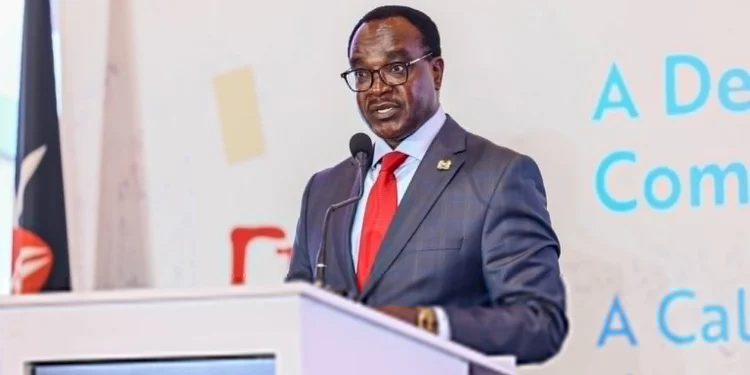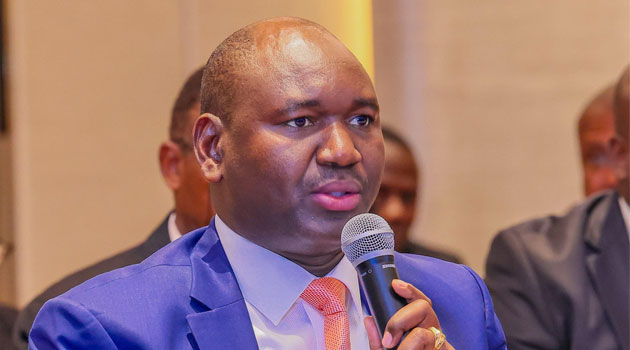By Roy Hezron
A total of 350 Public Primary Schools have been selected by the Ministry of Education in collaboration with Teachers Service Commission (TSC) to pilot the teaching of indigenous languages in the first term of the 2021 School Calendar which commenced on July 26, 2021.
This is contained in the Ministry’s circular dated July 8, 2021 which was addressed to all Regional, County and Sub-County Directors of Education as well as Head Teachers of Primary Schools.
The circular, which was meant to give implementation guidelines for Foreign and indigenous languages in upper primary grades (Grades 4, 5 and 6) will also see a number of selected primary schools pilot the teaching of foreign languages which are French and Germany as the government gears towards full implementation of Competency-Based Curriculum () in Upper Primary, after a full roll out in the Early Years Education (EYE), covering Pre-Primary 1 and 2 and Grades 1 to 3.
Principal Secretary in the Ministry’s State Department of Early Learning and Basic Education Dr. Julius Jwan in the circular directed school heads of the selected schools to ensure that they have allocated two lessons in a week.
Schools which will not be participating in the pilot programme have been directed to utilize the two lessons, for Teacher Professional Development activities.
The circular also stated that secondary school teachers who have been identified to participate in the ongoing pilot programme will be required to teach in primary schools.
Dr.Jwan stated that the teachers will receive specific guidelines on teacher management from TSC and that the government will provide learning materials for foreign and indigenous languages in a bid to support learning.
A learner will be expected to select one of the subjects from the cluster of foreign and indigenous language.
Both public and private schools that are not participating in the pilot study can apply for approval to introduce the new subject as per the directorate of Quality Assurance and Standard Guidelines.
The 350 public primary schools selected for implementation of indigenous languages were derived from around 28 counties with around 19 indigenous languages selected for piloting.
Coast will have the largest number of selected indigenous languages with 10 primary schools derived from four counties to pilot Chiduruma, Chidigo, Kitaveta, Kigiriama and Kipokomo indigenous languages.
In Eastern, 30 schools have been selected to pilot Kikamba, 10 schools selected to pilot Kitharaka and 10 schools selected to pilot Kiborana
In Western, Kibukusu and Kimaragoli will be piloted in 20 schools each from the counties of Bungoma and Vihiga while Central region will pilot Kikuyu in 40 selected primary schools from four counties in the region.
Nyanza will have Dholuo piloted in 20 schools in Kisumu and Siaya counties, while Homabay county will pilot Suba. 20 schools in Kisii will pilot Ekegusii.
North Eastern region will only pilot Kisomali in 30 primary schools selected in three counties from the region.
In Rift Valley, Maa and Kalenjin languages will be piloted in 30 schools each, with Turkana having 20 schools and Kikuyu with only 10 schools piloting the language.
Kenya is believed to have more than 60 different indigenous languages. The country’s official languages are English and Swahili. English is spoken to a high standard in the tourism industry while Swahili is an East African lingua franca that originated from the coast and spread inland along trade routes in the early 19th century.
Most languages spoken locally belong to two broad language families of Bantus and Nilotes, spoken by the country’s Bantu and Nilotic populations respectively.
The Cushitic and Arab ethnic minorities speak languages belonging to the separate Afro-asiatic family, with the Hindus and British residents speaking languages from the Indo-European family.





